A New Start
Indiana Federation of Farmers’ Associations is formed.
At its first meeting, the Indiana Federation of Farmers’ Associations creates an organization to protect the interests of farmers by education, legislation and other honorable means to promote the largest good for all people. The group meets in Room 369 of the Claypool Hotel in Indianapolis.
The organization elects John G. Brown as the first president of the new federation as well as 10 men from across the state to serve as the first board of directors.

The Great Divide
The Indiana Federation of Farmers' Association divides Indiana into 10 districts with one director per district, and establishes the organization’s founding principles:
- For mutual protection as any other class of workers and producers. To protect themselves against exploitation in the line of their products. In other words, to have the same standards of justice and fairness applied in the cost of producing and selling as any other class of producers.
- To promote farm home betterments and the general interest and welfare of farm communities.
- To preserve and extend their civil and religious institutions. They will stand for law and order.

Holy Cow
The Indianapolis Producers’ Commission Agency is formed.
The Indianapolis Producers' Commission Agency, later known as the Producers’ Marketing Association (PMA), is created to receive livestock on consignment, withhold operating expenses in the form of a commission and return the remainder of the receipts to the farmer. In the first seven months, the new marketing co-op handles $1 million worth of livestock.

Settled In
William H. Settle becomes president of Indiana Farm Bureau.
Indiana Farm Bureau President William H. “Bill” Settle, a Chester White breeder from Wells County, convinces Gov. Harry Leslie to call a special session of the General Assembly to establish a tax levy limit on real property, which results in a $30 million savings annually to Indiana farmers.
Under President Settle, the Social and Education Department, later known as the Women’s Department, becomes an official part of the Indiana Farm Bureau organizational structure.
.jpg?sfvrsn=b38d3e8_2)
A Cooperative Effort
Indiana Farm Bureau Cooperative Association is created.
Following the disbandment of the PMA, Indiana Farm Bureau leaders decides the organization needs a buying and selling department for its members, outside of its own purchasing department. The leaders create the Indiana Farm Bureau Cooperative Association with the purpose of a “not for profit, but for service to the farmer, with retention of 25 percent of the savings as reserves.”

"Insuring" the Future
Indiana Farm Bureau Insurance is formed.
Indiana Farm Bureau Insurance is licensed to sell life and automobile insurance.
President Lewis Taylor won his seat by advocating for the creation of the insurance company, defeating incumbent William Settle, who opposed its creation.
The first insurance policy was sold on April 14, 1935, to Taylor to insure his 1922 Ford Model T. His six-month premium was $6.30.

Schenck Takes the Reins
Hassil E. Schenck becomes president of Indiana Farm Bureau.
Hassil E. Schenck rises up the ranks of local Farm Bureau leadership and is elected vice president in 1934. Upon Taylor’s death in 1936, Schenck assumes the presidency.
When Schenck learns that Indiana Farm Bureau is borrowing from the state co-op to meet payroll, he reaches an agreement with employees who are making more than $3,000 to take a temporary pay cut. The pay cuts and increasing membership dues to $10 result in a treasury solvent enough to never again require borrowing.

Moving on Up
Indiana Farm Bureau moves to 130 East Washington Street.
Indiana Farm Bureau moves into its new headquarters in 1948. This new building allows the insurance company, co-operative and Incorporated to be housed all within the same office.
The building is expanded and renovated in 1967-68, taking in two adjoining office buildings and nearly doubling the facility’s size.

A Hundred Grand
Membership passes the 100,000 mark.
Doup at the Head
George Doup becomes president of Indiana Farm Bureau.
George Doup joins Indiana Farm Bureau as its first Indiana Rural Youth president. He is appointed vice president of Indiana Farm Bureau in 1952 when the incumbent, Larry Brandon, retires mid-term, and Doup is subsequently elected to the position at the following convention. He becomes president in 1958 after Hassil Schenck retires.
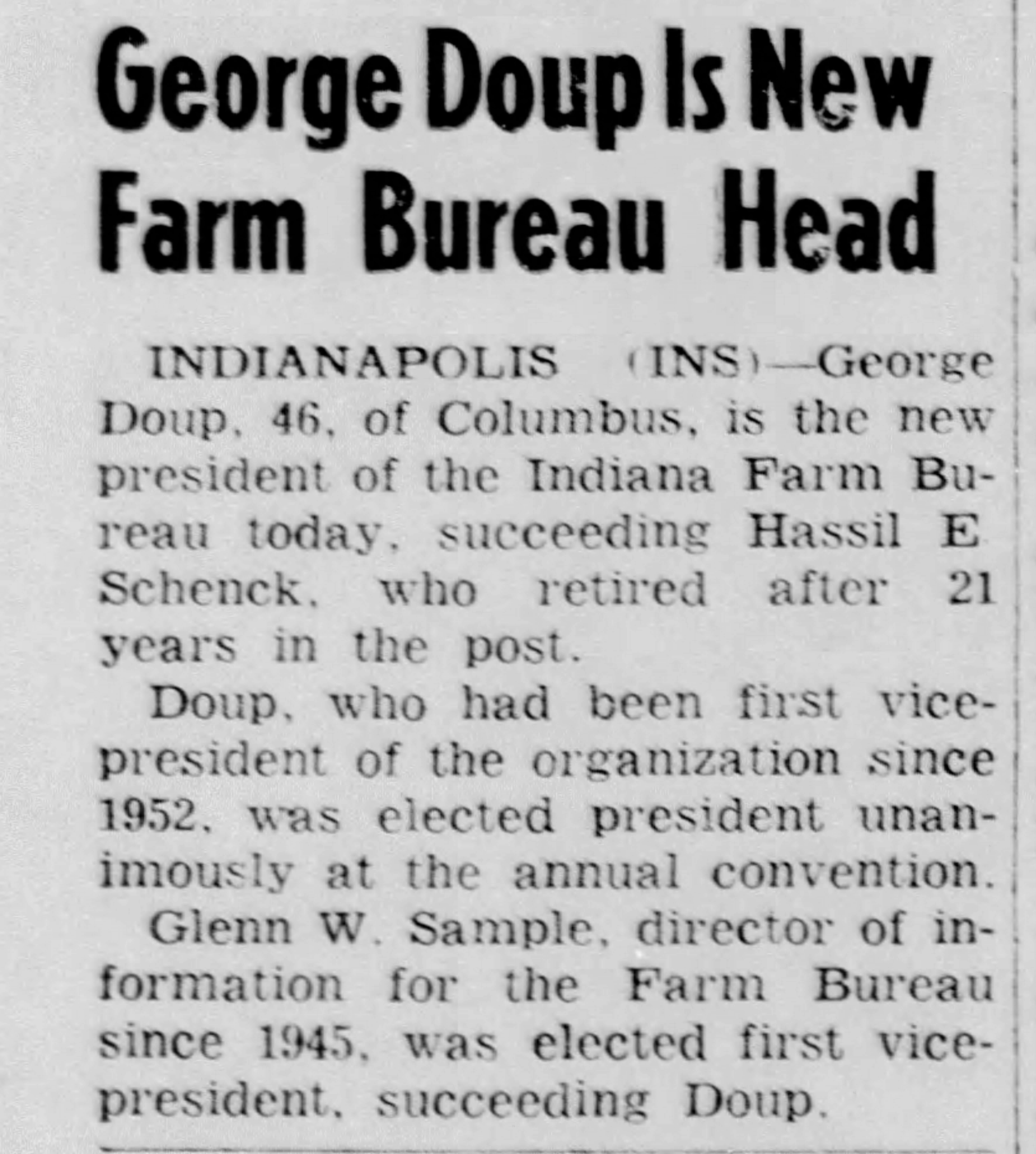
A Golden Anniversary
Indiana Farm Bureau celebrates its 50th anniversary.
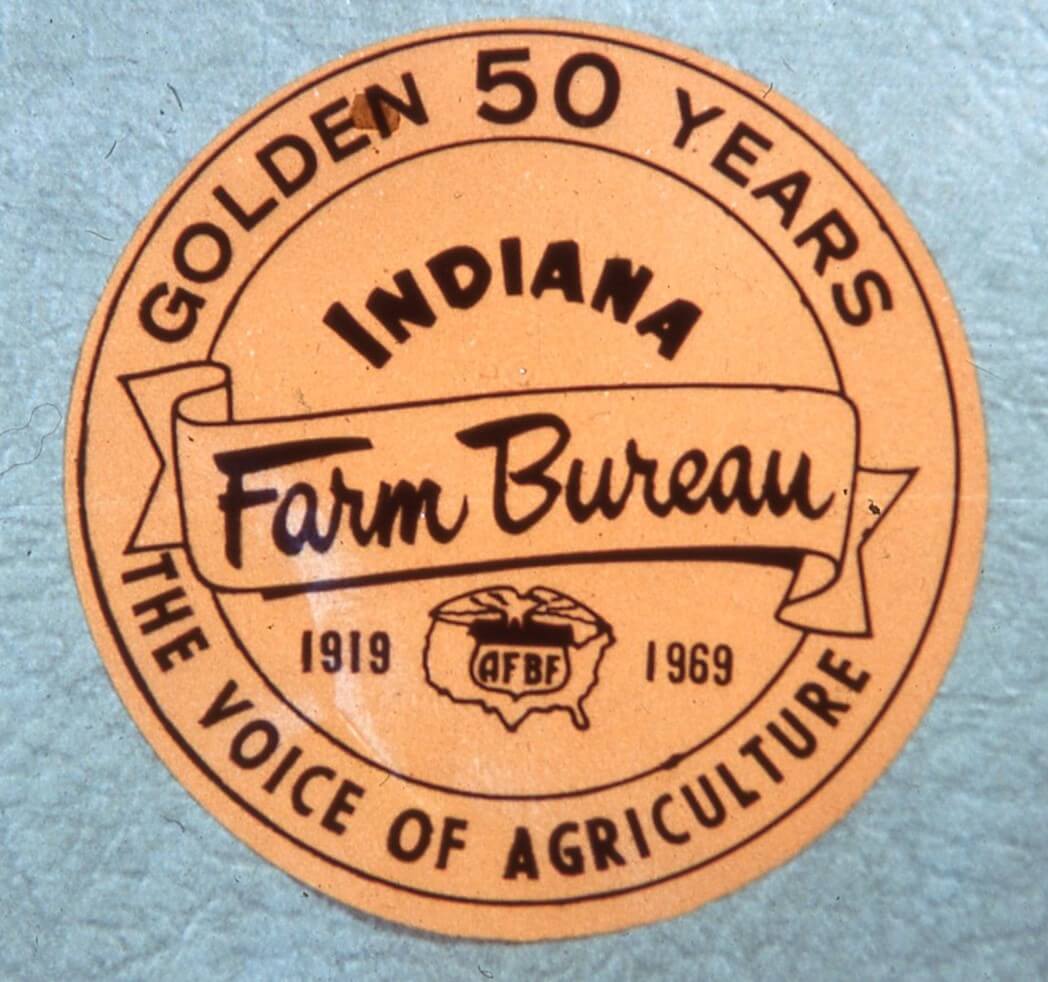
Stackhouse Makes History
Marion Stackhouse becomes president of Indiana Farm Bureau.
Marion Stackhouse, a hog and grain farmer from Westfield, becomes president upon George Doup’s resignation. Under his leadership, Indiana Farm Bureau records the largest Farm Bureau membership of any state in the country in 1977 and 1978.
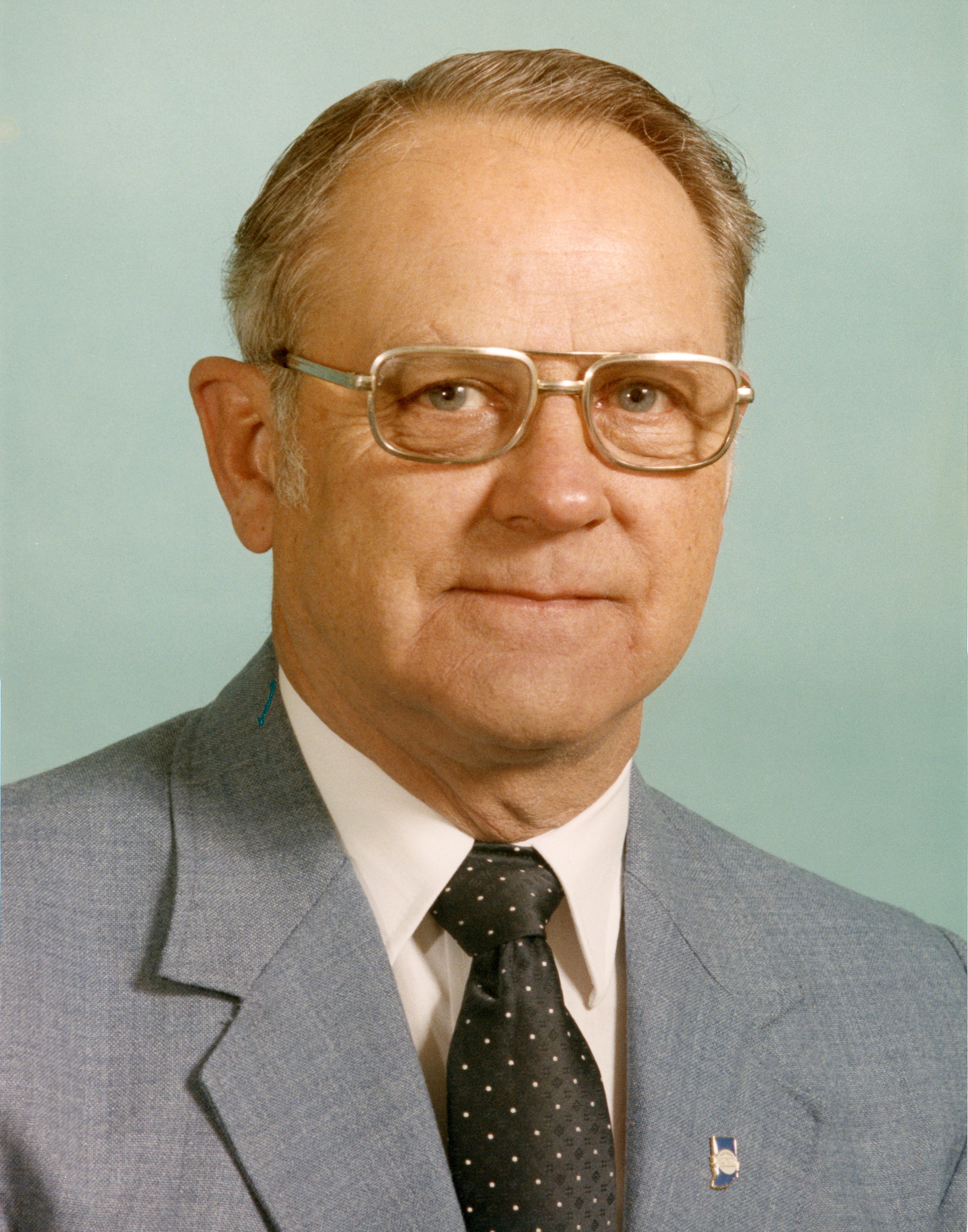
A Trailblazing Bureau
Indiana Farm Bureau tops 250,000 members.
Indiana Farm Bureau is the first Farm Bureau in the nation to record 250,000 members, actually topping off at 250,197 members.

Leader of the PAC
Indiana Farm Bureau establishes a political action committee, or PAC: “Indiana Farm Bureau ELECT.”
Pearson Steps Up
Harry Pearson becomes president of Indiana Farm Bureau.
Then Vice President Harry Pearson of Blackford County is chosen by the board to fill the remainder of Stackhouse’s term following Stackhouse’s death. Pearson helps pass AFBF policy language that opposes federal legislation allowing public access to private property without the owner’s permission. He also is president when Farm Bureau relocates to its current location, 225 S. East St., the former home of the Indianapolis Rubber Co.
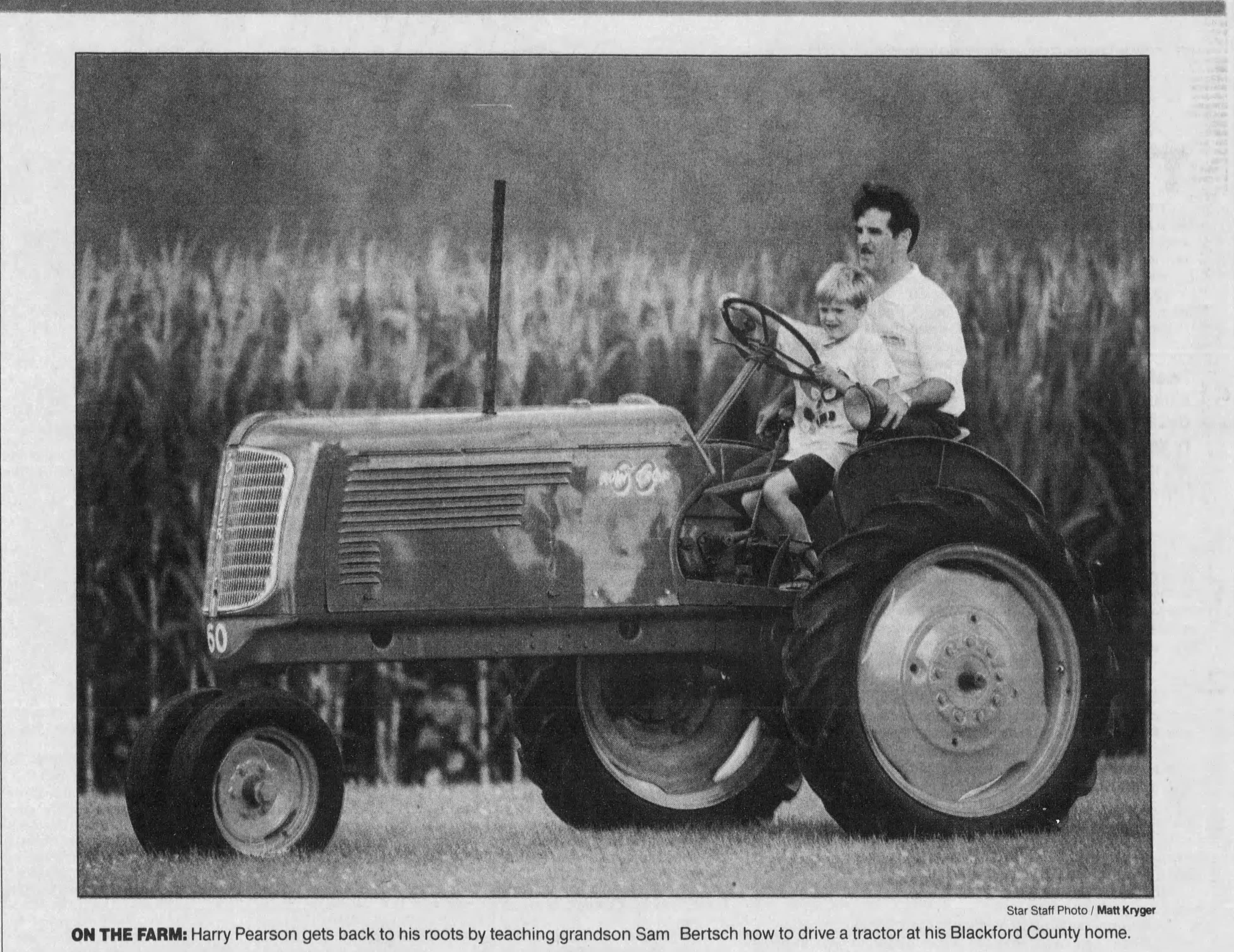
Home Sweet Home
Indiana Farm Bureau moves into new building 225 S. East St.
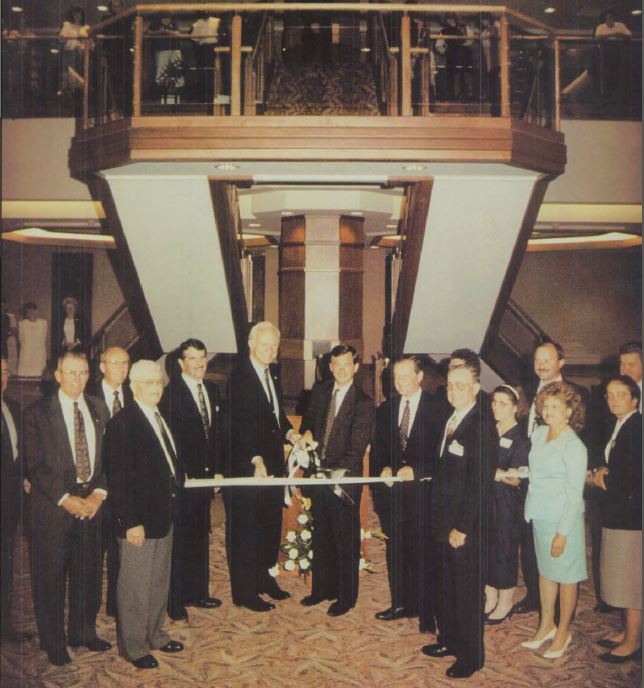
Villwock Plows Ahead
Don Villwock becomes president of Indiana Farm Bureau.
Don Villwock becomes involved in Farm Bureau through the Young Farmer program, serving on both the state Young Farmer and American Farm Bureau Federation Young Farmer and Rancher committees, and takes on a variety of leadership roles in Farm Bureau. During his tenure as INFB president, he sees the repeal of the state inheritance tax and the successful – but continuing – effort to delay implementation of proposed soil productivity factors, an effort that has saves farmers an estimated $687 million.

Ag Support in Court
Indiana Ag Law Foundation is created.
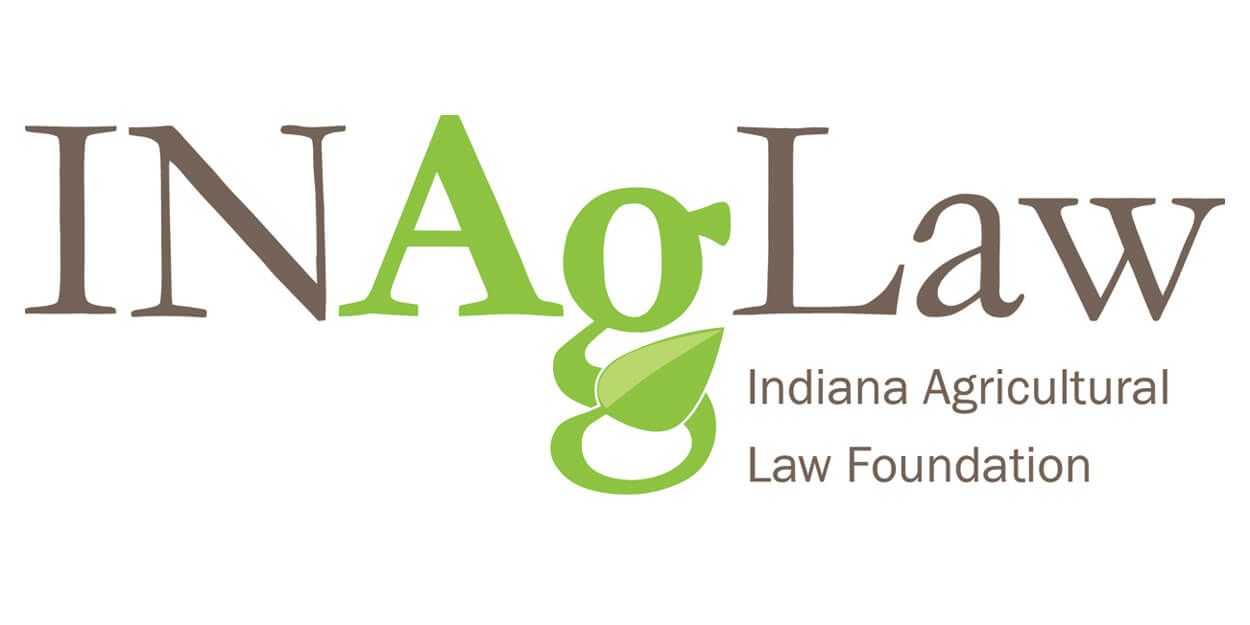
Kron Cultivates the Future
Randy Kron becomes president of Indiana Farm Bureau.
Like many Farm Bureau leaders, Randy Kron starts his Farm Bureau involvement as the Young Farmer representative on his county board. He serves on the State Young Farmer Committee in 1986 and 1987, and in 1989, he and his wife, Joyce, are winners of the state Young Farmer Achievement Award.
During his tenure as INFB President, Kron has been an advocate for property tax reform and road funding.
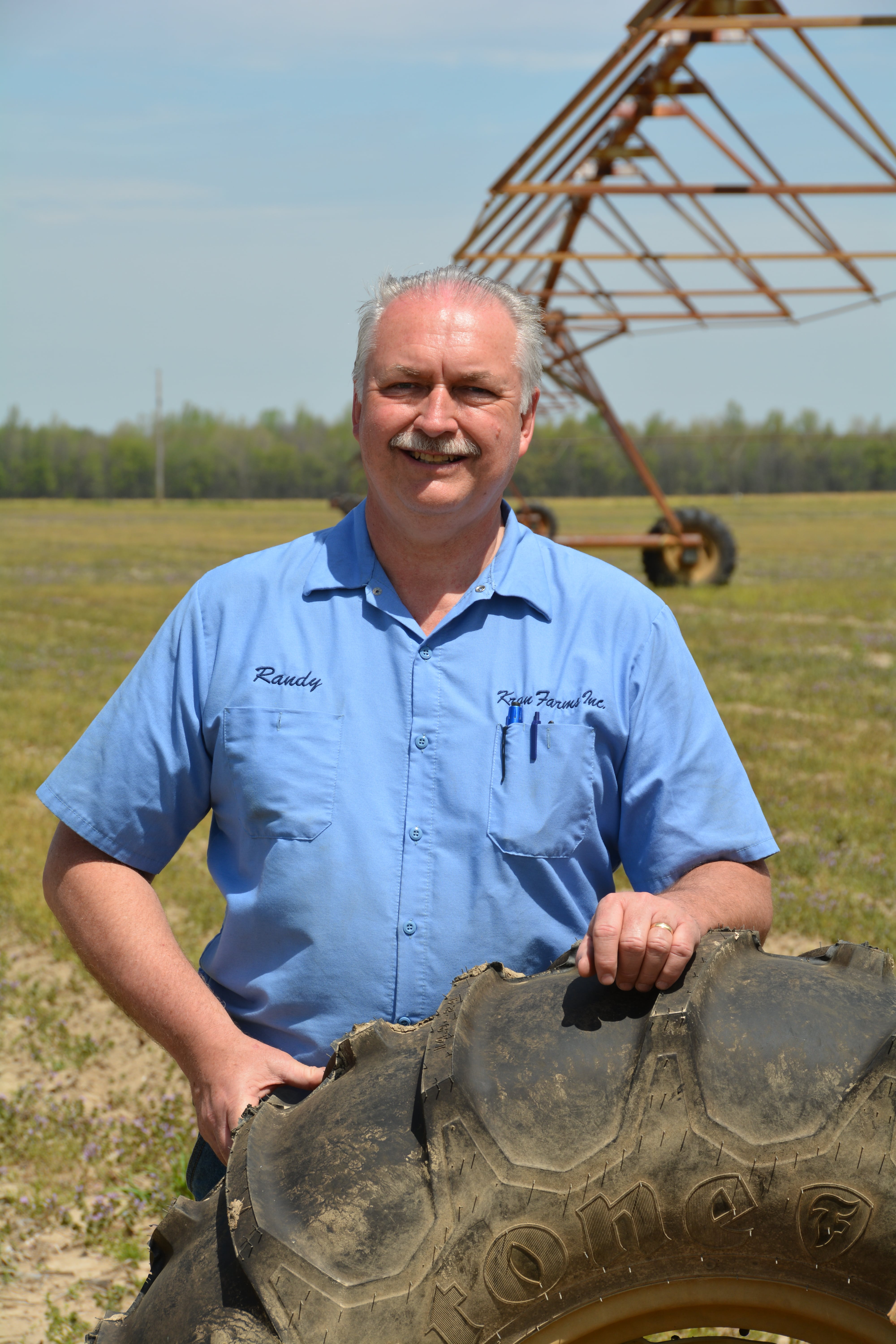
State Voice
Indiana Farm Bureau establishes their state political action committee, AgELECT.
AgELECT is the state PAC of Indiana Farm Bureau. AgELECT may only contribute to state level candidates in Indiana, and it is primarily focused on supporting state Senate candidates, state House of Representative candidates and state legislative caucus events.
AgELECT is created to provide fundraising flexibility to Indiana Farm Bureau by expanding the universe of potential donors beyond Farm Bureau’s membership or restricted class. By increasing fundraising potential, AgELECT will increase the capacity to grow Indiana Farm Bureau’s political clout.
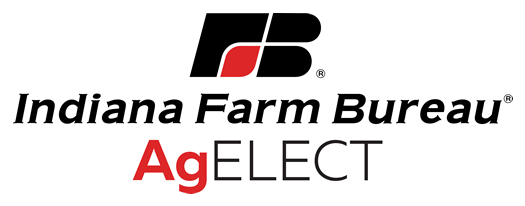
A Centennial Celebration
Indiana Farm Bureau kicks off a yearlong celebration of its 100th anniversary.
Attendees of the 2018 State Convention in Fort Wayne were treated to a parade of county Farm Bureaus and a commemorative centennial pin.
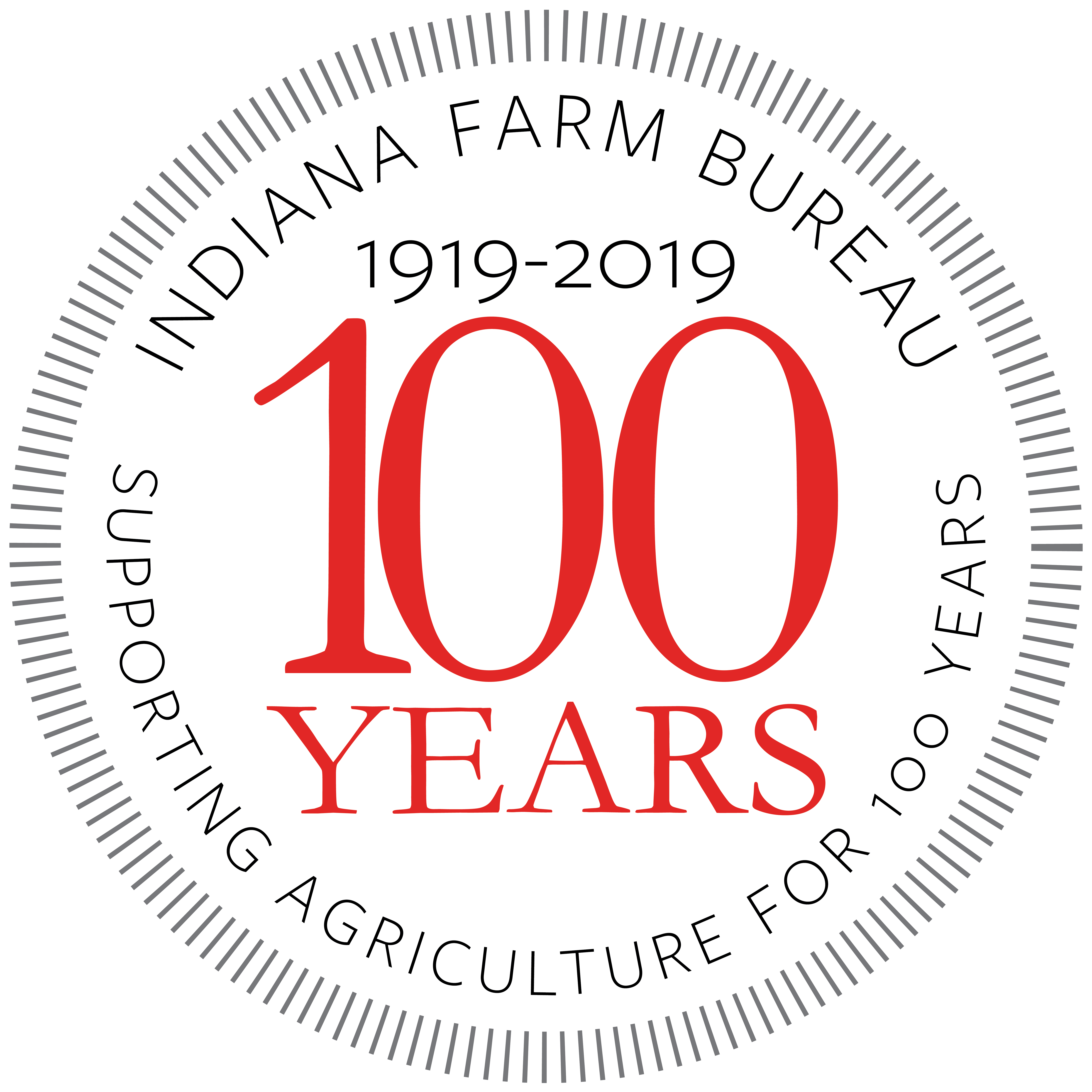
Indiana Farm Bureau Day
Governor Eric Holcomb declares March 25, 2019, Indiana Farm Bureau Day.





